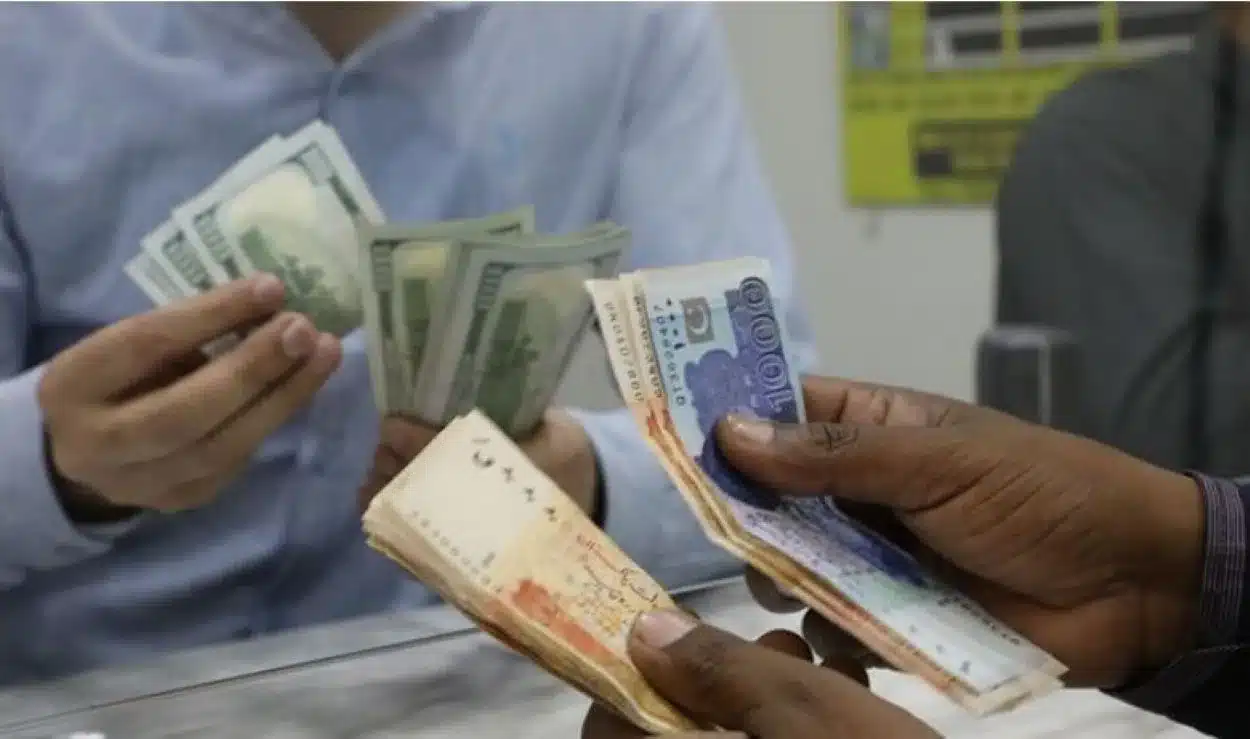On Monday, the Pakistani rupee reached a four-month peak of Rs279.20 against the US dollar in the inter-bank market, driven by an increased supply of foreign currency relative to import demand. This surge is attributed to a significant rise in remittances from overseas Pakistanis and higher export earnings, prompting exporters to sell dollars, anticipating further strengthening of the rupee.
Furthermore, optimism about the government’s efforts to negotiate a larger International Monetary Fund (IMF) loan program, potentially between $7.5-8 billion post the current $3 billion arrangement, has also buoyed the rupee. Initial plans were to request a $6 billion loan, with future foreign currency inflows expected to support the rupee further.
Data from the State Bank of Pakistan (SBP) indicates a 0.06% increase in the rupee’s value, closing at Rs279.20/$. Over the last five and a half months, the currency has recovered 10% of its value from a record low of Rs307.10/$ in early September 2023.
Contrastingly, the rupee continues to face downward pressure in the open market due to a rising demand for dollars. The Exchange Companies Association of Pakistan noted a slight decline in the rupee’s value to Rs282.28/$. This discrepancy between market rates has expanded, approaching the IMF’s 1.25% ceiling, potentially raising concerns.
Tresmark, a treasury firm, highlighted that the rupee has recently stabilized between 279 and 280 to the dollar. The firm anticipates further stabilization, driven by expected remittance increases before Ramazan and Eidul Fitr, although demand for dollars for Umrah may also rise. These dynamics suggest that the Pakistani rupee will likely remain stable against the dollar until the end of March and possibly longer.






